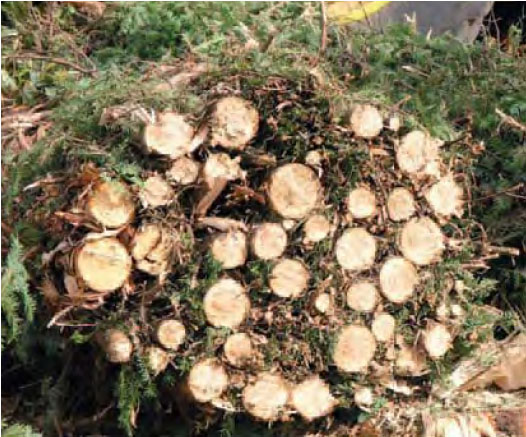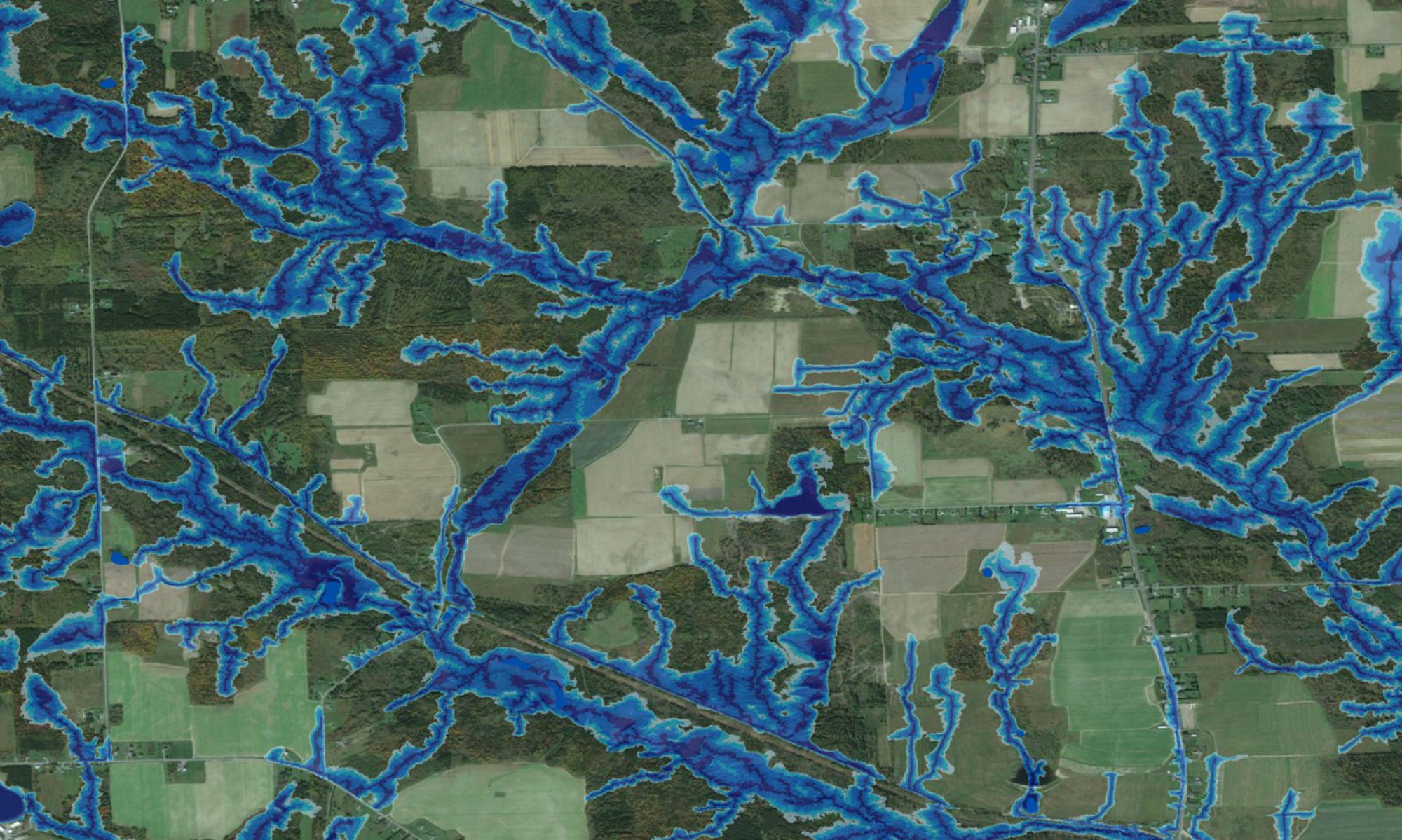
With the rising economic and environmental costs associated with fossil fuel extractions and use, and related threats to ecosystems due to rising CO2 levels in the atmosphere and concurrent climate change, alternative energy sources that are sustainable as well need to be realized. Within the forestry sector, harvesting forest biomass is one of these alternatives. The long-term sustainability of forest sites and watersheds due to biomass harvesting, however, depends greatly on site-specific factors such as soil nutrient availability, current stand conditions (canopy height and tree composition), climate, hydrology and underlying geology and soil quality. Since biomass harvesting involves on-site nutrient removals, repeat harvesting may lead to long-term nutrient deficiencies, especially N, P, K, Ca, and Mg. At the Forest Watershed Research Center, a special effort is on its way to map sustainable nutrient input and output mass balances across Nova Scotia, at the stand-by-stand forest inventory level.
Presentations
- A.C. Smith, J.S. Bhatti, C. Hua, M.E. Harman, P.A, Arp. Modelling wood decomposition and N mineralization in ramin wood dowels (Gonystlylus bancannus) across biomes, using a common climate function for the lidet sites.
- J. Noseworthy, P.A, Arp. Quantifying impacts of biomass harvesting of nutrient budgets across Nova Scotia.
Report
- J. Noseworthy, M. Nasr, J. Ogilvie, P. Arp. Assessing N input and outputs for Canadas Forest. 2010.
Publications
- M. Nasr, M. Castonguay, J. Ogilvie, B.A. Raymond and P.A. Arp. Modelling and mapping critical loads and exceedances for the Georgia Basin, British Columbia, using a zero base-cation depletion criterion. Journal of Limnology. 2010. Volume 69, Pages 181-192.
Thesis Work
- Joshua Noseworthy. 2011. A mass balance, biogeochemical framework for assessing forest biomass harvest sustainability.
- Chengfu Zhang. 2005. Modelling of forest litter decomposition and nitrogen mineralization.
- Zhanxue Zhu. 2001. Simulating monthly soil leaching rates using a forest biomass and nutrient cycling model.

